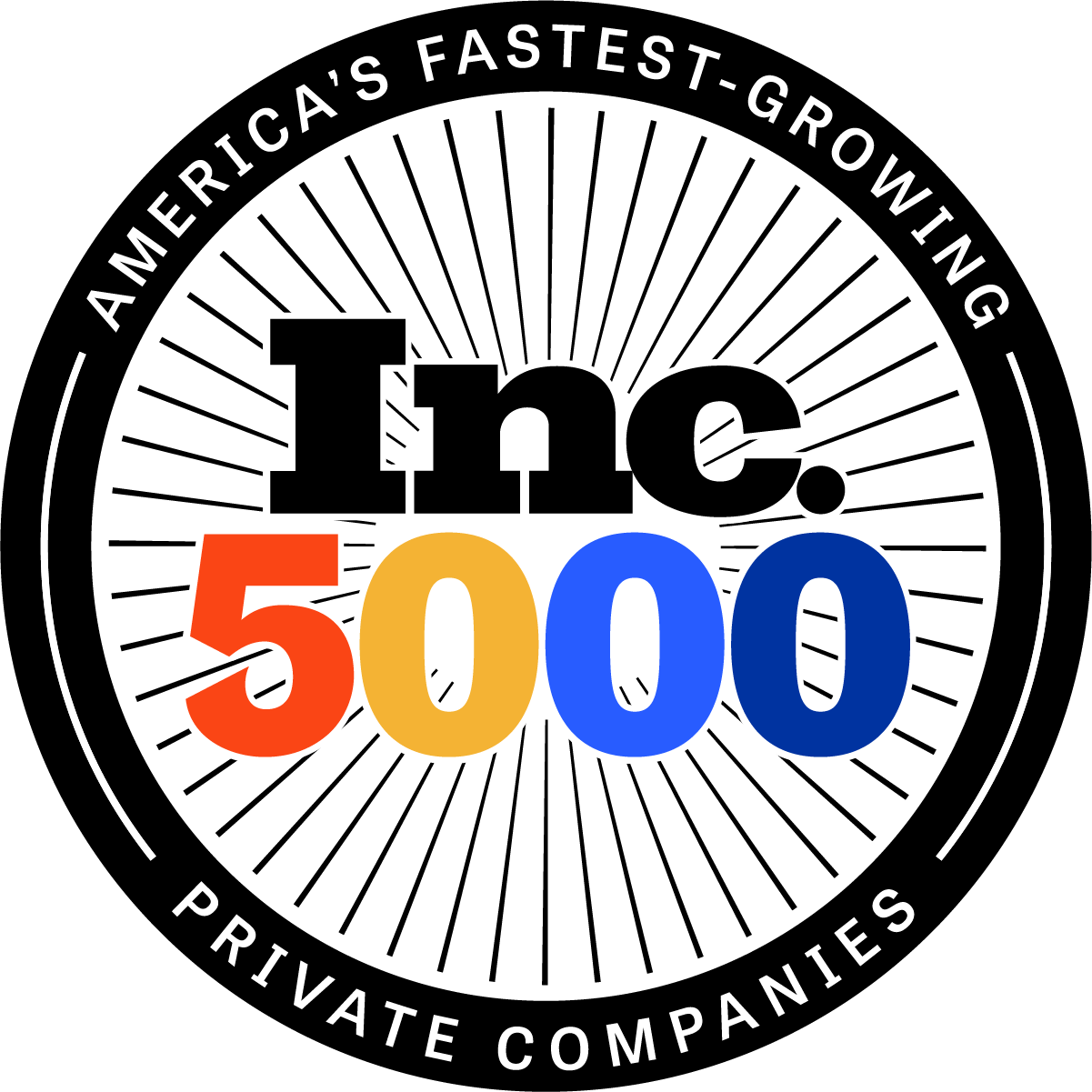The Inefficiency of Questionnaire-Based Third-Party Risk Assessments and the Advantages of AI-Based Continuous Monitoring
In the evolving landscape of third-party risk management, traditional methods of assessing vendors and suppliers are increasingly proving inadequate. One such method, the questionnaire-based assessment, has long been a staple in risk management strategies. However, its inefficiencies are becoming more apparent, especially when contrasted with the capabilities of modern AI-based continuous monitoring solutions.
The Challenges of Questionnaire-Based Third-Party Risk Assessments
Questionnaire-based assessments involve sending standardized forms to third-party vendors, requiring them to self-report on various risk factors such as financial stability, compliance with regulations, cybersecurity measures, and more. While this approach has been widely adopted, it comes with several significant drawbacks:
1. Time-Consuming Process: Creating, distributing, and analyzing questionnaires is a labor-intensive process. It requires significant time and resources from both the organization conducting the assessment and the third-party vendors. The back-and-forth communication to clarify responses can further prolong the process.
2. Static Data: The information gathered through questionnaires represents a snapshot in time. Vendors' situations can change rapidly, and the data collected quickly becomes outdated. This static nature of data fails to provide an ongoing picture of the risk environment.
3. Inconsistent Responses: Vendors may interpret questions differently or provide incomplete or inaccurate information, either unintentionally or to present themselves in a better light. This inconsistency makes it challenging to compare responses and draw reliable conclusions.
4. Limited Scope: Questionnaires often focus on specific areas of risk, potentially overlooking other critical risk factors. Additionally, they rely heavily on vendors’ honesty and transparency, which may not always be forthcoming.
5. High Cost: The manual nature of questionnaire-based assessments incurs significant costs. These include the labor costs of preparing and analyzing questionnaires, as well as the potential costs of missed or mismanaged risks due to outdated or inaccurate information.
The Emergence of AI-Based Continuous Monitoring
In contrast to the traditional questionnaire-based approach, AI-based continuous monitoring offers a dynamic and comprehensive solution for third-party risk management. This approach leverages artificial intelligence and machine learning to continuously collect, analyze, and interpret vast amounts of data from various sources in real-time. Here’s how AI-based continuous monitoring addresses the inefficiencies of questionnaire-based assessments:
1. Real-Time Data Collection and Analysis: AI-based solutions provide continuous, real-time monitoring of third-party vendors. This ensures that risk managers have access to the most current data, enabling them to identify and respond to potential risks as they emerge.
2. Comprehensive Risk Coverage: AI systems can integrate and analyze data from a wide range of sources, including news feeds, financial reports, regulatory filings, social media, and more. This provides a holistic view of a vendor’s risk profile, covering financial, operational, compliance, cybersecurity, ESG (Environmental, Social, and Governance), and other relevant risk domains.
3. Consistency and Accuracy: By automating data collection and analysis, AI eliminates the inconsistencies and inaccuracies that plague questionnaire-based assessments. Machine learning algorithms can detect patterns and anomalies in the data, providing more reliable and actionable insights.
4. Scalability: AI-based monitoring systems can easily scale to cover thousands of third-party vendors without a corresponding increase in manual labor. This scalability is particularly beneficial for large organizations with extensive supplier networks.
5. Cost Efficiency: While there is an initial investment in AI technology, the long-term cost savings are significant. Automated continuous monitoring of critical suppliers reduces the need for extensive human resources and minimizes the risk of costly errors. Additionally, AI-based continuous monitoring systems can identify risks early, preventing potential financial and reputational damages.
A Relevant Case Study from the Banking Industry
A Regional U.S. Bank faced several challenges with their traditional questionnaire-based third-party risk assessments. The manual nature of the process was slow and labor-intensive, and the static data quickly became outdated, leading to missed risks. By implementing Supply Wisdom’s AI-based continuous monitoring solution, the bank achieved substantial improvements in risk management.
Supply Wisdom’s platform provided real-time monitoring of 45 critical third-parties across over 160 risk metrics, covering financial, operational, compliance, cybersecurity, and ESG risks. The AI-driven alerts enabled the bank to respond swiftly to emerging risks, enhancing their overall risk visibility and adaptability. This transition not only improved the bank’s risk management but also resulted in significant cost savings, with an ROI of 311% and over 3200 hours saved annually.
Click here to view the full case study.
Conclusion
The inefficiencies of questionnaire-based third-party risk assessments are becoming increasingly apparent in today’s fast-paced and complex risk environment. The static nature of the data, inconsistency of responses, and high costs make this traditional approach less effective in managing third-party risks. On the other hand, AI-based continuous monitoring offers a dynamic, accurate, and cost-efficient solution. By providing real-time data, comprehensive risk coverage, and scalability, AI-based solutions like Supply Wisdom are revolutionizing third-party risk management, enabling organizations to proactively manage risks and make informed decisions. As businesses continue to evolve, embracing AI-based continuous monitoring will be crucial for maintaining robust and resilient risk management frameworks.
If you're interested in continuously monitoring your third parties and their locations, you can book a time with one of our specialists here.






